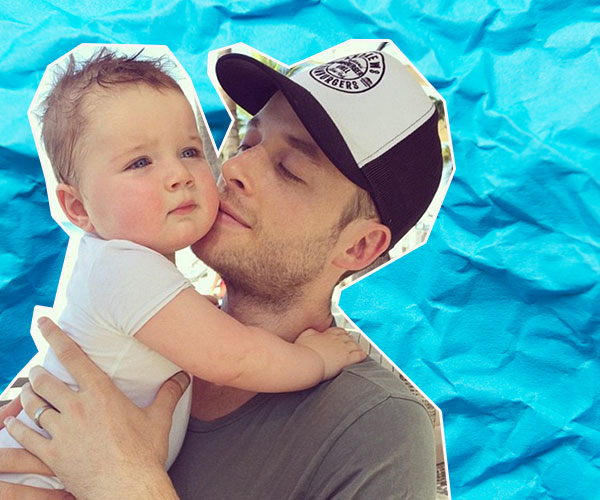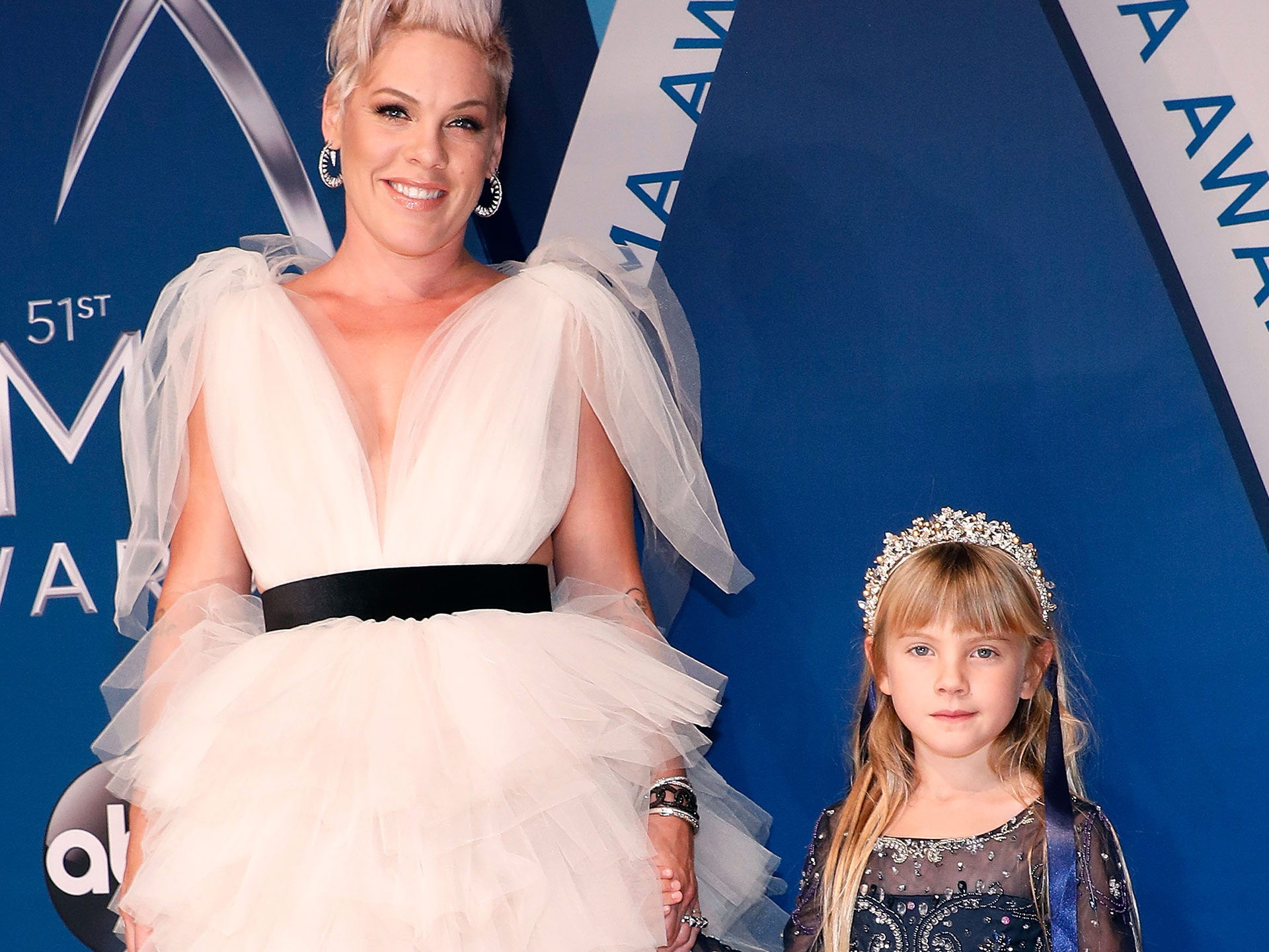A NSW mum has released a video (above) of her daughter and other Australian babies experiencing dangerous seizures in an effort to warn parents, who may recognise similar behaviours in their children, to seek immediate help.
Sherrie Judd’s daughter Adalind, has been diagnosed with infantile spasms, a form of epilepsy also known as West’s Syndrome. 9News reports, about 30 children in Australia are diagnosed with this condition each year.
Elipesy.com explains that seizures, which typically begin between ages three and eight months, consist of a sudden stiffening of the body, arms and legs, and the head bends forward.
In Sherrie’s video, Adalind and the other children can be seen displaying these movements, although they could be confused as a baby’s regular jerky movements.
This likeness of infantile spasms to typical baby movements is what compelled Sherrie to share the video and her story on her Facebook account.

Sherri Judd is sharing her daughter’s story in the hopes that it will increase awareness of the condition which often goes undiagnosed for months.
The family, from Cowra, NSW, were on holiday on the Mornington Peninsula when they first noticed Adalind having a seizure. She was just five months old at the time.
“We were in Coles just grabbing a few groceries and about to spend the day at the beach when my husband noticed Adalind doing an unusual movement,” Sherrie told 9News.
“It was just her eyes were rolling up a bit, and then she would go back to normal and she would be interactive, and then maybe 20 seconds later it would go again,” she explained.
Sherrie admitted she wasn’t overly worried and first and thought that she was overacting by taking her to a local hospital to have Adalind checked. But did it anyway for piece of mind. It turned out to be the best decision she made.
Scans showed an abnormal electrical pattern in Adalind’s brain, known as a hypsarrhythmia, and after being diagnosed with West’s Syndrome she was transferred to Sydney Children’s hospital in Randwick to begin treatment immediately.
If left untreated, infantile spasms can cause permanent brain damage. Unfortunately, because the seizures are so subtle they often go undiagnosed for months.
Under treatment, Adalind is still having 2-4 seizures a day, however the dangerous hypsarrhythmia in her brain disappear. There is a chance that her seizures will stop completely in the future.

Luckily, Adalin’s spasms were noticed early by her parents when they were on holiday.
Most children diagnosed with infantile spasms will have developmental issues later in life and possibly develop other kinds of epilepsy. However, because Adalind’s condition was detected early, she has been able to hit important developmental milestones like sitting up by herself and saying “mum” and “dad”. Sherrie just hopes her video will help other families.
“I hate the idea of someone going through this, and so I thought they could watch the video and say ‘Hey, it could be this and get appropriate action. We were lucky, we were really lucky that way it happened. Not everyone is so lucky.”
What are infantile spasms (West’s Syndrome)
According to Epliepsy.com, infantile spasms (also called IS) are also known as West syndrome. Here are a list of symptoms and important facts about the rare condition:
Consists of a sudden stiffening of the body. Often the arms are flung out as the knees are pulled up and the body bends forward.
Each seizure lasts only a second or two but usually in a series.
Most common just after waking up and rarely occur during sleep.
They typically begin between 3 and 8 months of age. Almost all infantile spasms start by 12 months of age and usually stop by 4 years old.
Steroid therapy and the antiseizure medicine Sabril are the primary treatments.
Most children have developmental disabilities later in life.
Many children develop other kinds of epilepsy.

